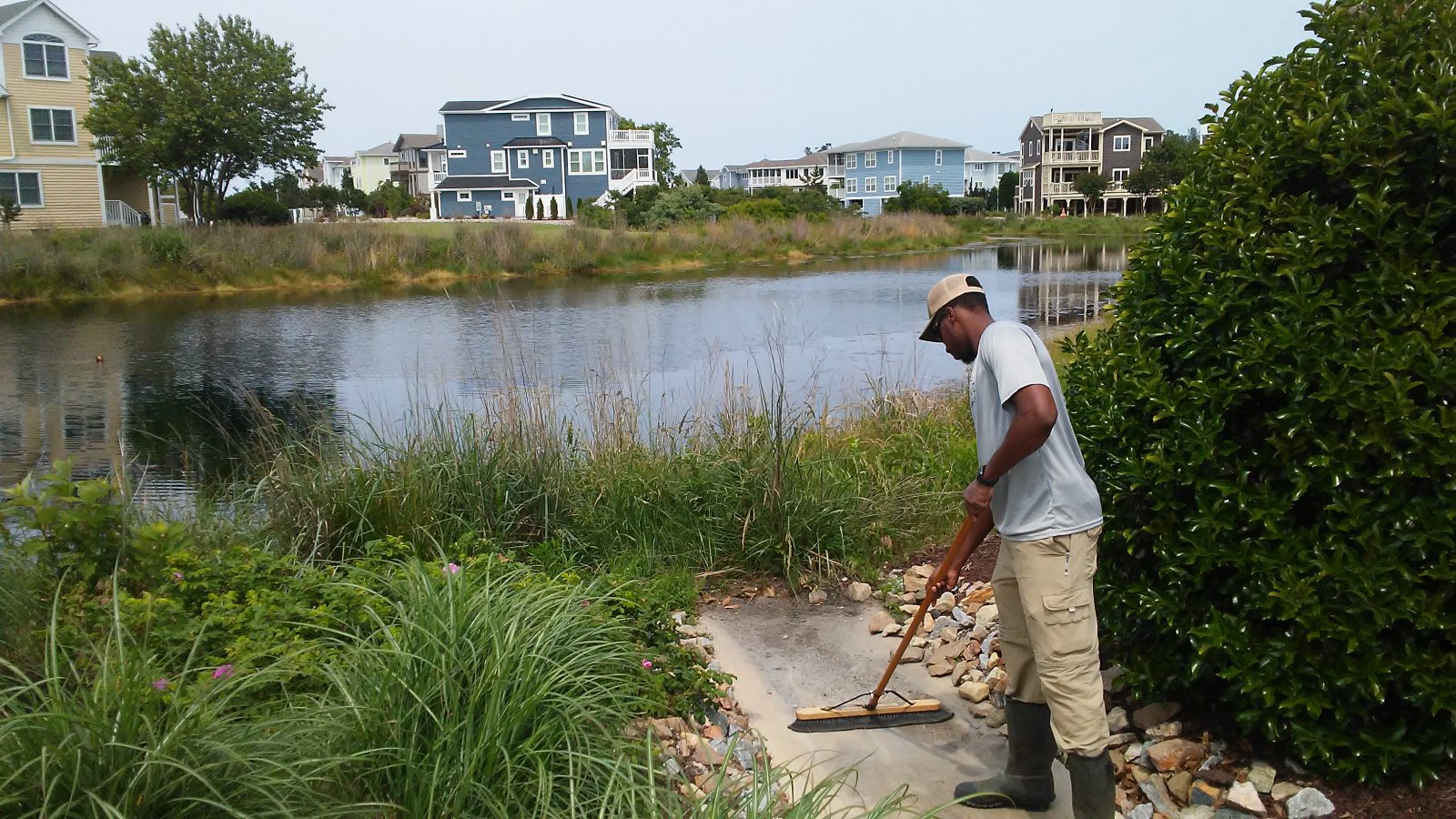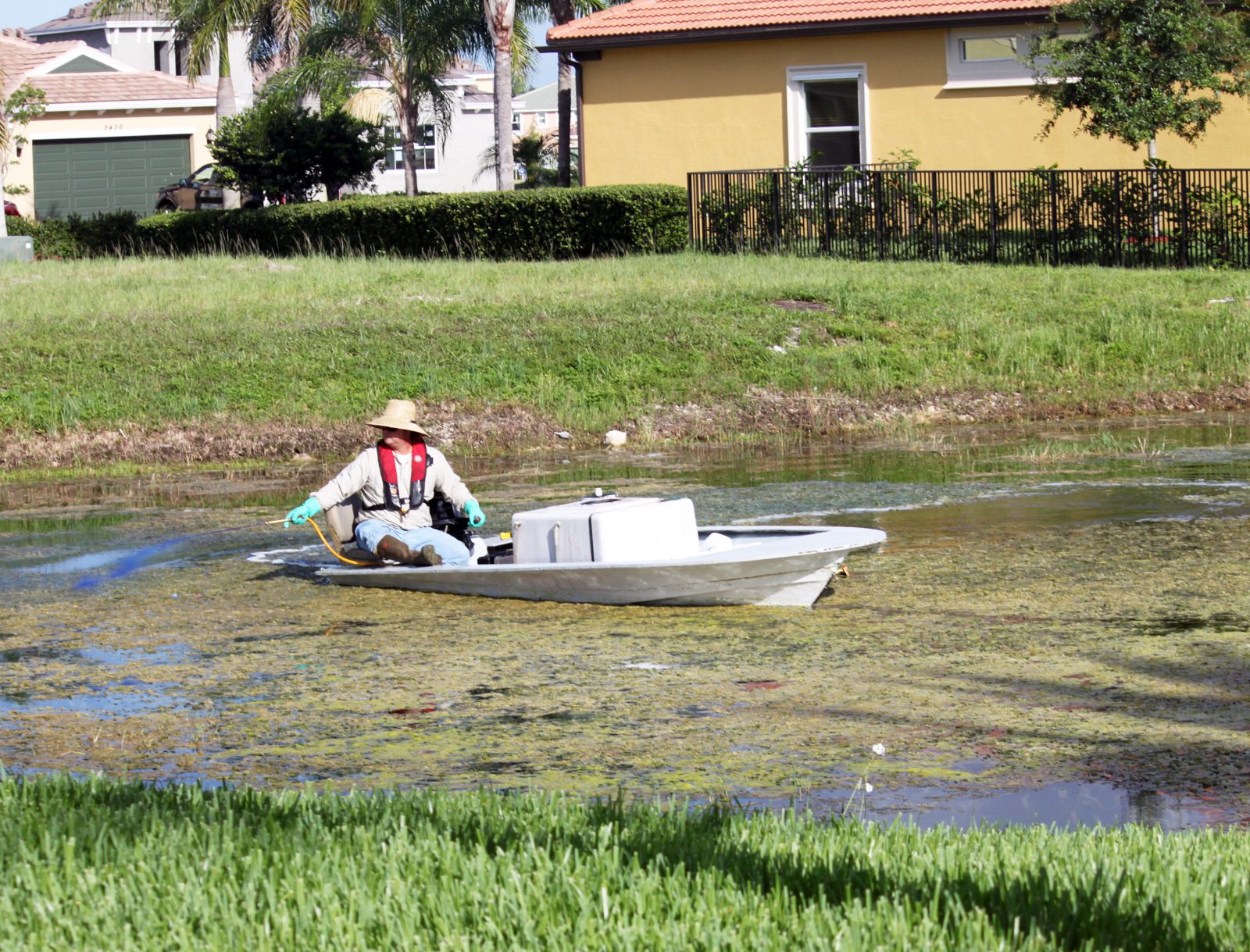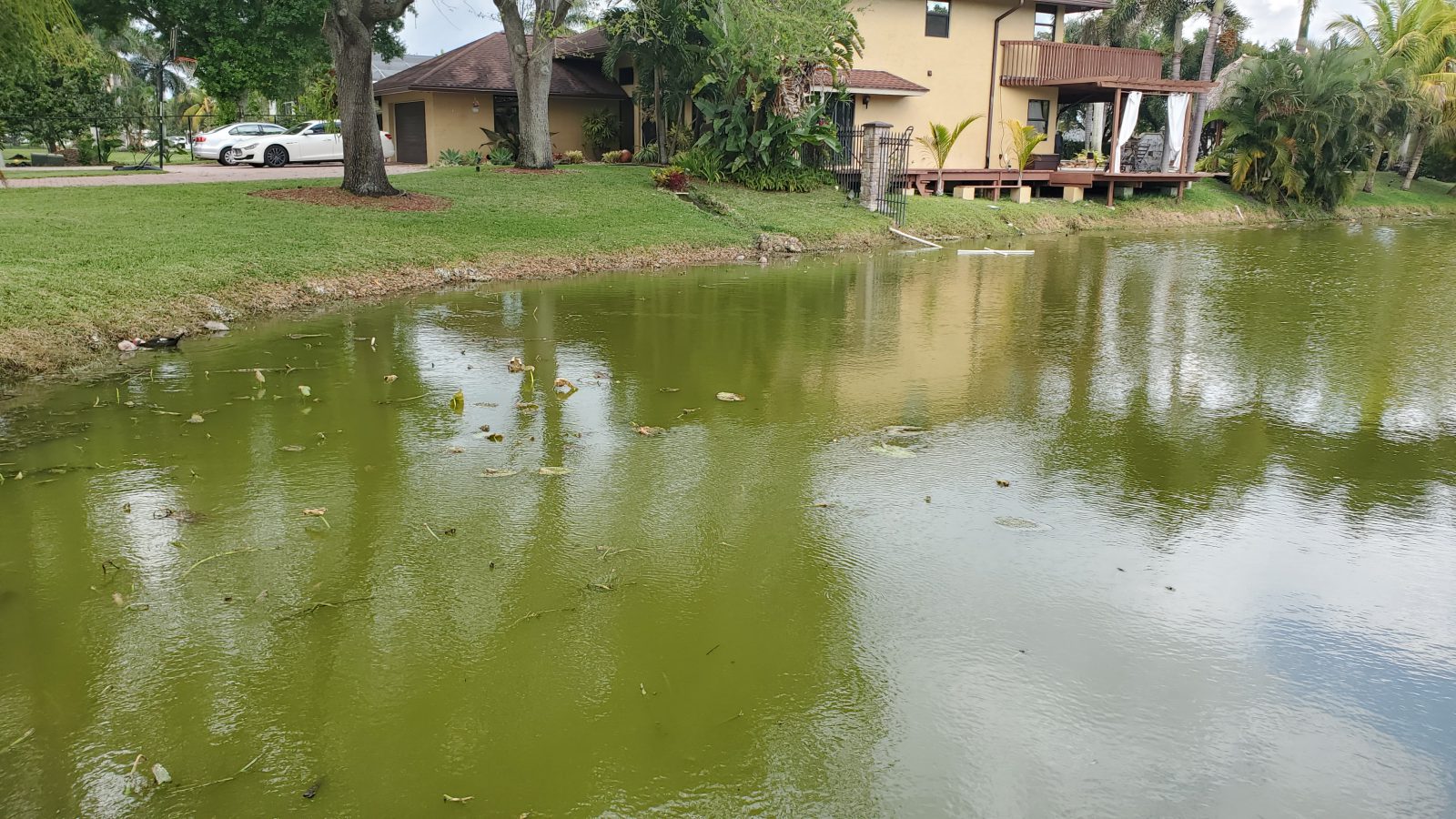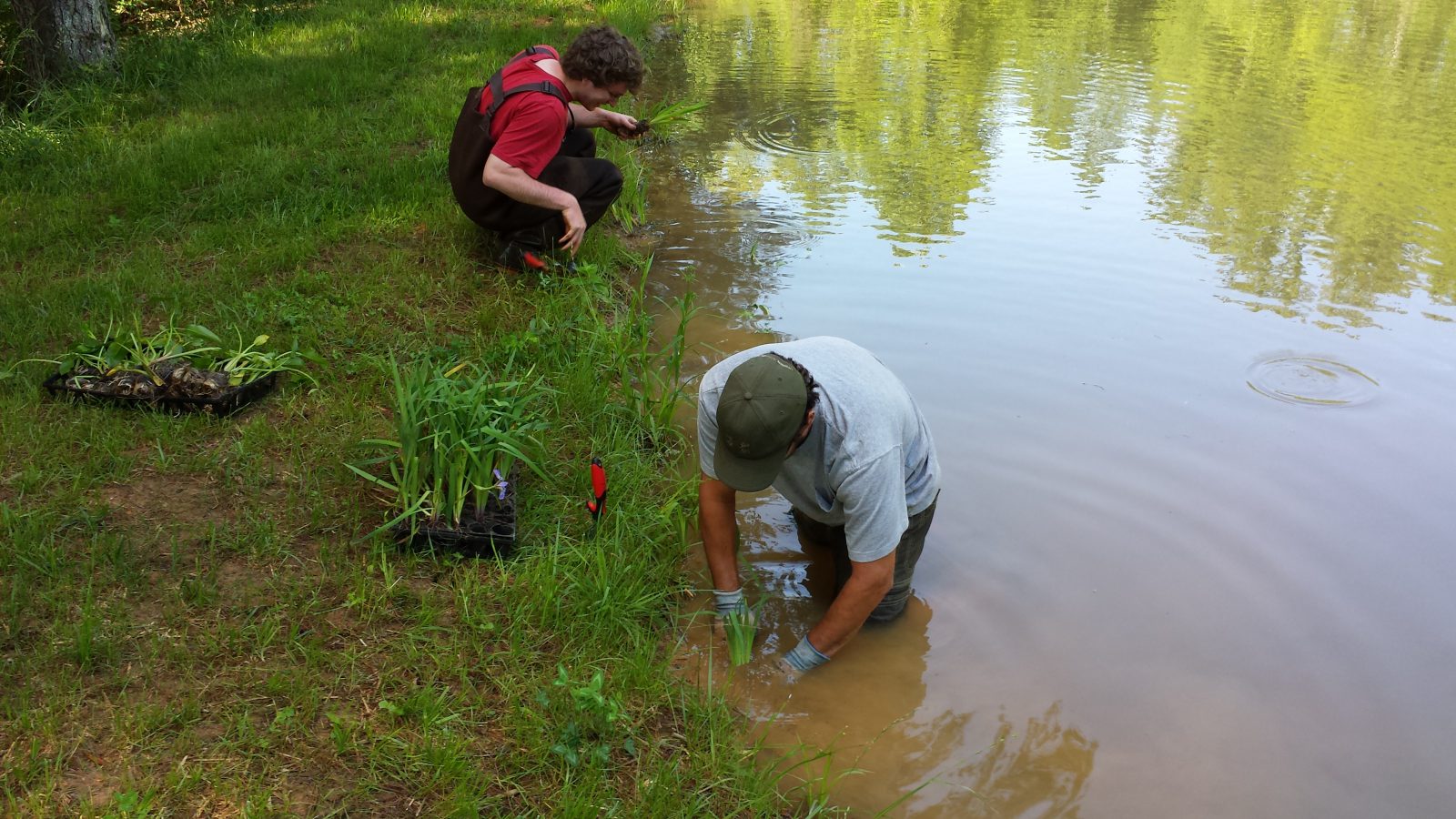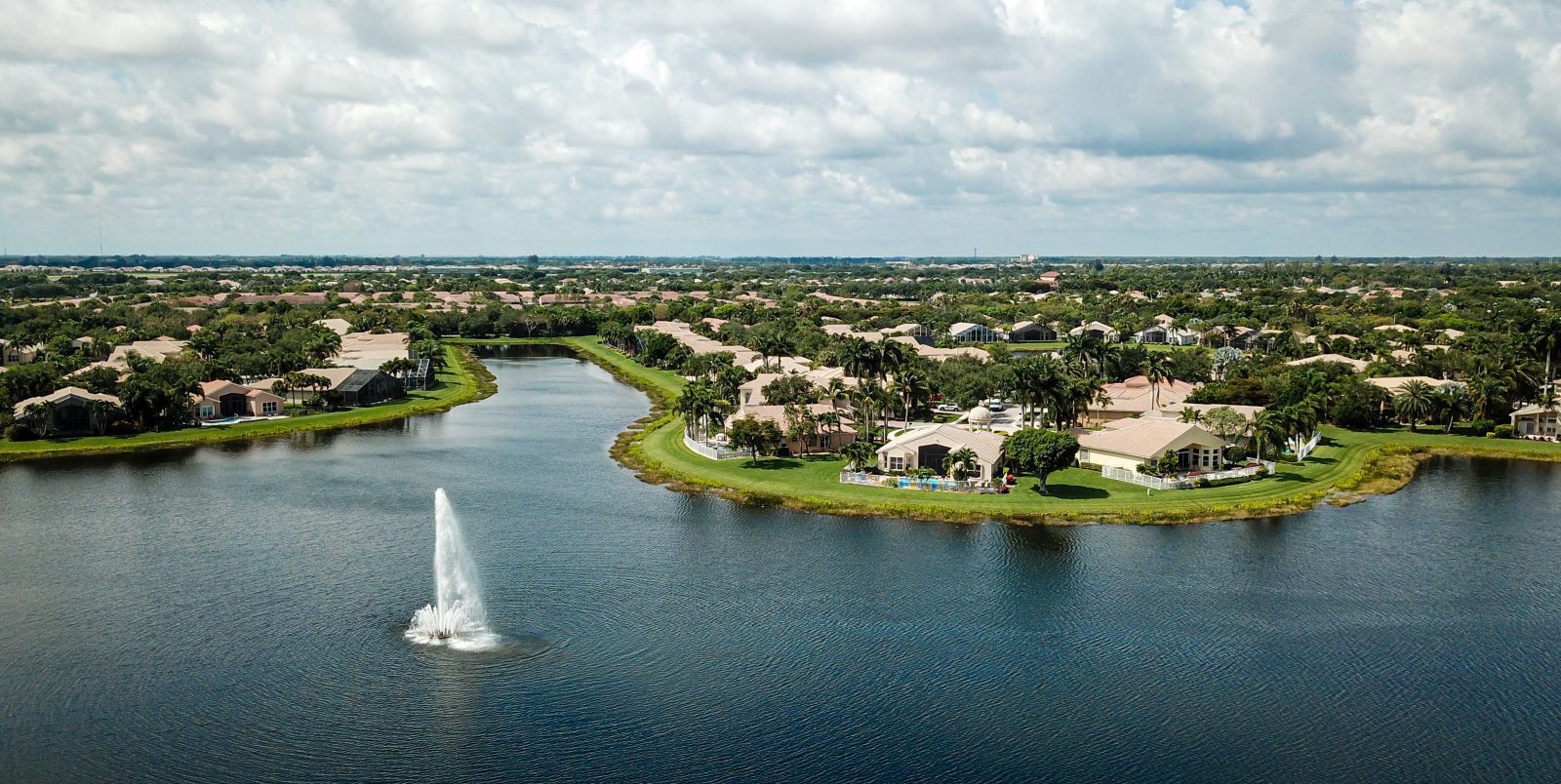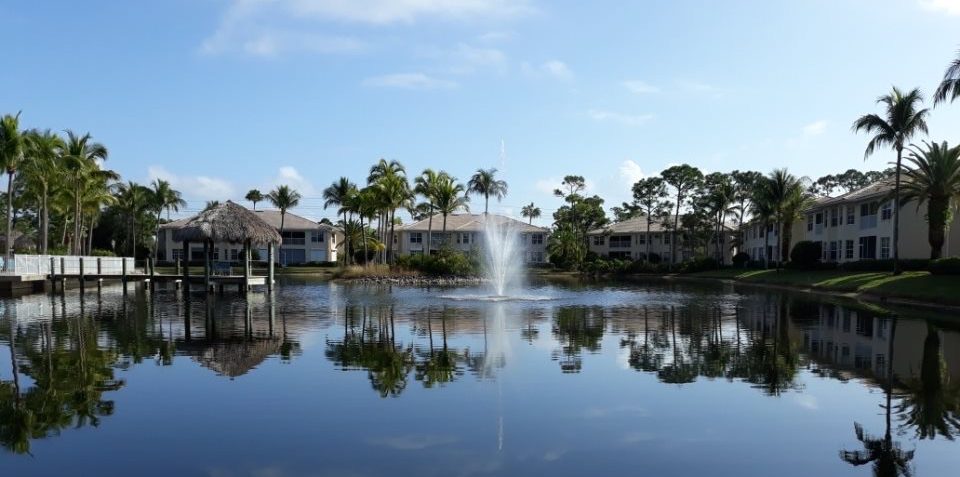
How to Measure the Performance of Your Community Pond
Man-made ponds are everywhere. Apartment complexes, housing developments, and municipal parks often feature these small bodies of water. While they can enhance the beauty of their surroundings, it may surprise you to know they were not created solely for aesthetic purposes or to enhance the value of the property. They serve a working purpose as well. By properly managing them, decision-makers can delight residents by extending the longevity of these essential systems and keeping maintenance costs down over time.
Why Have A Pond On Your Property?
When new homes or commercial buildings and streets take the place of open ground, rainwater gets displaced that would otherwise be absorbed. In addition, excavation changes the contour of the landscape and removes native vegetation that once naturally slowed rainwater runoff and acted as a natural filter before the water flowed into nearby lakes, streams, and rivers. In order to offset such impacts, developers include engineered ponds on new properties known as stormwater management systems, stormwater ponds, detention ponds, or retention ponds. These help manage surface water. Not only is this regulated by local municipalities, but aquatic management consultants typically get involved to help to protect the water quality of the entire surrounding area while developments are under construction.
Without a carefully planned stormwater system, standing water could saturate the landscape and jeopardize the integrity of structural foundations. From the start, these retention ponds act as mini flood-control features, collecting excessive rainwater and slowing its flow into nearby bodies of water.
Contaminated Runoff
A lot more than pure rainwater runs into stormwater systems during a rain shower. Carried along with it are garden and turf fertilizers, trash, and pesticides. Even oil and detergents from driveway car maintenance and organic matter such as grass clippings and leaves make their way into retention ponds. And have you ever thought about what happens to the pet waste from wildlife and pets?
All of these contaminants and more collect in stormwater systems every time it rains. In many cases, your community retention pond acts as a first line of defense to trap these contaminants and give them a place to break down further before the water is released from the stormwater retention area and makes its way to nearby streams or wetlands.
High Levels of Nutrients
The pollutants that flow into stormwater ponds are very unhealthy for the pond itself. Fertilizer runoff rich in nitrogen and phosphorus is a great concern; this influx in nutrients can cause nuisance weeds and aquatic plants to grow out of balance with the ecosystem. This can allow invasive species to quickly choke out natural beneficial plants.
Algae: A Matter of Balance
Algae is an informal word for a number of photosynthetic organisms that live in bodies of water. They can range from microscopic in size up to the giant kelp found in oceans. At certain levels, algae are good for the health of a pond because they help mitigate imbalanced levels of nitrogen in the water. If a stormwater system contains an excess of nutrients from contaminated runoff the reproduction rate of algae can get out of control, causing what is called an “algae bloom.”
A bloom has a cascade effect; causing more reproduction until large portions of the surface are covered, blocking sunlight needed for beneficial plants and fish underneath, and releasing additional nutrients to the water as plants decompose. Left unchecked, in time plants, fish, algae, and native organisms can die, producing nasty smells that may indicate your stormwater system is in trouble.
How You Can Prevent Runoff: Education & Prevention
One of the best things a community can do to promote a healthy stormwater system is to limit the amount of pollutants that enter the water in the first place. This calls for an education program about ways residents can support ongoing management efforts.
Education initiatives cost little but can have big payoffs. If you are taking over a community association from a developer, start your education early – and include all influencers, not just homeowners. This includes landscapers and other vendors working on the property. Here are some general tips to share:
- Reduce the use of pesticides and herbicides around the property
- Minimize use of lawn and garden fertilizer
- Properly dispose of pet waste
- Don’t dump motor oil or detergents down stormwater drains
- Bag grass clippings and leaves
- Redirect runoff from patios and roofs so it has a chance to soak into the ground
- Plant grass or plants in bare areas to naturally filter water and prevent erosion
- Send homeowners annual reminders
Communication Is Key
Think of a stormwater system as a living organism. The sooner you start monitoring its health, the better. It’s important to recognize that your pond is serving a greater purpose for your community. Once the stormwater system is doing its job properly, your education efforts should continue with residents to ensure that it stays that way. Look for a lake management partner that shares these values and is eager to guide you on the path to success through the use of proactive solutions:
- Water quality testing and restoration
- Nutrient remediation
- Shoreline erosion control
- Beneficial bacteria applications
- Weed and algae management
- Fountains and aeration
- Bathymetric mapping
- Mechanical hydro-raking
- Annual management program
Contact us today to start designing your stormwater pond management program.
The Benefits of Aeration
SOLitude Lake Management is a nationwide environmental firm committed to providing sustainable solutions that improve water quality, enhance beauty and preserve natural resources.
SOLitude’s team of aquatic scientists specializes in the development and execution of customized lake, stormwater pond, wetland and fisheries management programs. Services include water quality testing and restoration, algae and aquatic weed control, installation and maintenance of fountains and aeration systems, shoreline erosion control, muck and sediment removal and invasive species management. SOLitude partners with homeowners associations, golf courses, private landowners, businesses and municipalities. SOLitude Lake Management is part of Rentokil, a leading business services company, operating across the United States, Canada and Puerto Rico.
For more information, visit SOLitude Lake Management at solitudelakemanagement.com, and connect on Facebook, LinkedIn and Twitter.









